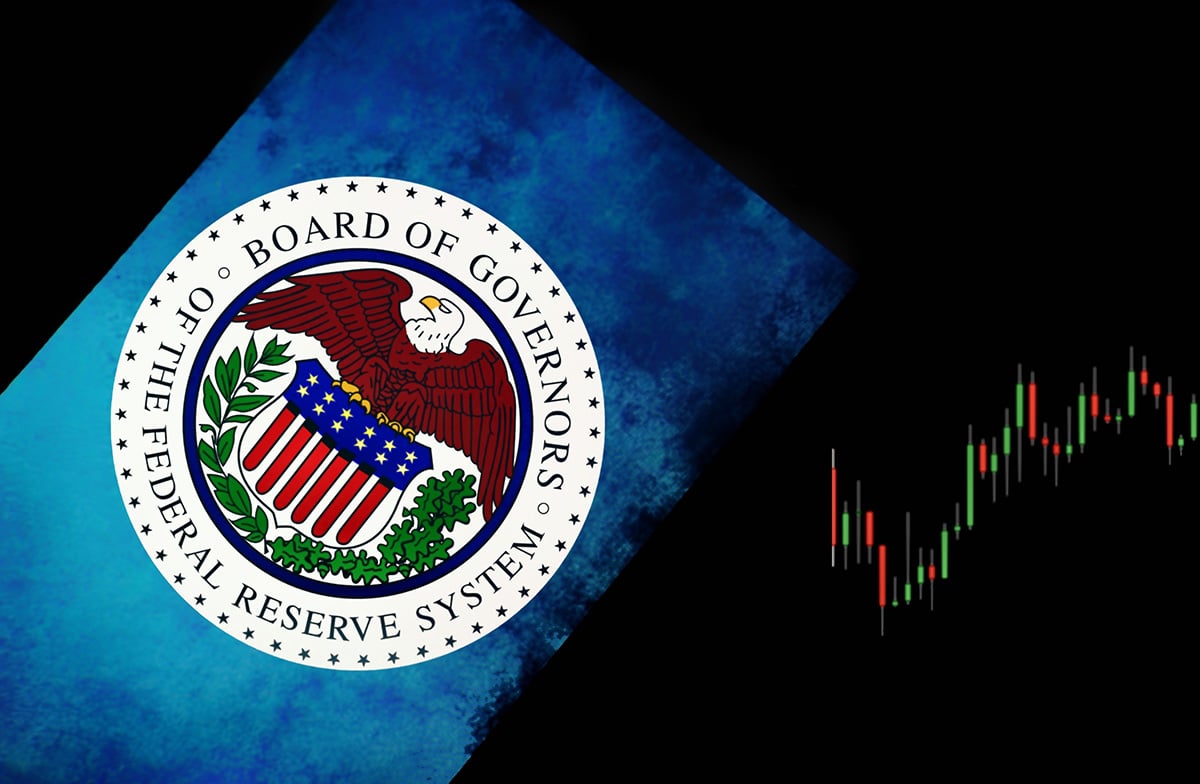Federal Reserve officials are signaling a cautious approach to future interest rate cuts, balancing economic strength against inflation concerns.

Federal Reserve officials are signaling a cautious approach to future interest rate cuts, balancing economic strength against inflation concerns.
Recent statements from key Fed figures suggest a measured path forward for monetary policy.
John Williams, President of the Federal Reserve Bank of New York, indicated in a Financial Times interview that rate reductions would be appropriate “over time.” This follows September’s significant half-percentage point cut. Williams echoed Fed Chair Jerome Powell’s recent comments, suggesting that future moves may stick to quarter-point cuts.
The Fed's stance is influenced by recent economic data, particularly the unexpectedly strong job market report released last Friday. This robust employment data prompted a reassessment of the labor sector's perceived weakening. As a result, traders have adjusted their expectations, now pricing in an 87% chance of a quarter-point rate cut next month, according to CME’s FedWatch tool.
Alberto Musalem, President of the Federal Reserve Bank of St. Louis, also weighed in on the Fed’s approach. Speaking at a New York University event, Musalem expressed support for further gradual reductions in the policy rate over time. However, he emphasized the importance of patience and data-driven decision-making.
Musalem's outlook is slightly above the median projections of his Fed colleagues. Current forecasts from Fed officials place the federal funds rate around 4.4% by year-end and 3.4% by the end of 2025.
Despite this, Musalem argues for a cautious pace of rate cuts, noting that the costs of easing too much too soon outweigh those of moving too slowly.
The St. Louis Fed President expects inflation to return to the 2% target on a 12-month basis over the next few quarters. He views the current state of the job market as consistent with a strong economy. Musalem also noted that financial conditions generally remain supportive of economic activity.
Both Williams and Musalem stress the importance of being responsive to incoming economic data. This approach allows the Fed to adjust its policy as needed, rather than committing to a predetermined course of action.
The recent job market strength has complicated the Fed's decision-making process. The unexpected vigor in hiring has called into question how aggressive the Fed will need to be with rate cuts. This uncertainty underscores the Fed's commitment to a data-dependent approach.
Despite the potential for rate cuts, Musalem sees no conflict between reducing rates and continuing the Fed’s efforts to shrink its balance sheet, a process known as quantitative tightening (QT). He suggests a near-term end to QT, noting that the Fed maintains firm control over its interest rate target.
The Fed officials’ comments come against a backdrop of economic uncertainty, including the upcoming U.S. elections. Musalem noted that some businesses are holding back on investments until they have more clarity on the political landscape.
The above is the detailed content of The Federal Reserve Signals a Cautious Approach to Future Interest Rate Cuts. For more information, please follow other related articles on the PHP Chinese website!




